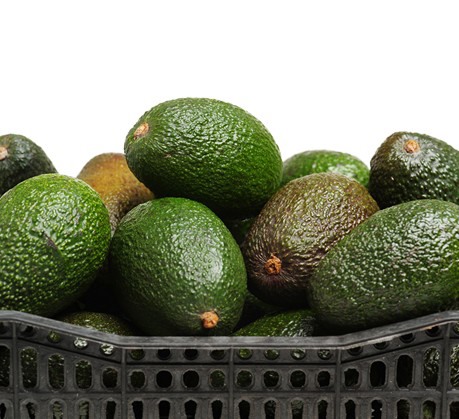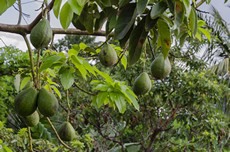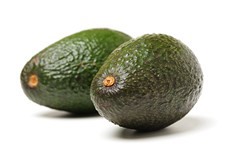“What we experienced in 2018, we hope never to see again,” explains Gabriel Burunat, president of the company Commercial Fruits. “We had an unpleasant surprise during the summer season which led to very low prices on the products from South Africa and Peru.” The two or three previous seasons had been marked by a 15% increase in consumption coupled with rising prices.

The 3 reasons behind the catastrophic prices of the 2018 summer season
Gabriel explains that there are three main reasons for these poor prices: “The first reason is that there was a very strong simultaneous increase in volumes on the European market for the two main origins present in the summer, namely South Africa and Peru. South Africa experienced a 50% surplus in production compared to the previous year, and the 25% increase announced by Peru eventually turned into 42%, compared to the previous year in Europe. So both of these increases - one of which was not anticipated at all - completely destabilized the market. If Peru had made accurate predictions, we could have prepared ourselves and better absorbed the volumes given the steadily increasing demand. But in the end, we were all taken aback by Peru’s misguided predictions.” In 2018, Peru exported more to Europe than to the United States, where the market was not as good as in the previous years.
So there was a problem with the volumes, but not only that. The volumes from Peru are also atomized. “There is a multiplication of participants at the origin as well as here. We counted 199 receivers of avocados from Peru. In Peru, there are approximately 140 exporters, This scattered offer did not help the initial overproduction problem,” explains Gabriel.
Finally, adding to all this was the caliber problem. “The Peruvian caliber was not adapted at all to the demand at the end of the season, with a huge proportion of big calibers. In general, the demand is mainly on the 16/18/20 calibers and Peru sent full containers of 10/12/14 calibers, which are not the most sought after in the season. This also contributed to a decrease in prices.”
The market was very bad until October. When the Peru and South Africa season ended, prices went back up to their normal high rates. “We are now waiting to see what will happen. At the moment, the market is stabilizing with good prices for the good calibers, but a big proportion of small calibers are weighing on the market because the current origins - Spain, Chili, Colombia and Israel - have a lot of small calibers. A significant price gap is forming between the requested calibers and the small avocados that are sent. The lower prices on small calibers is also dragging down the price of the good calibers,” explains Gabriel.


“This year, Peru needs to get better organized”
In the coming months, according to Gabriel, “It will be very important to better estimate the Peruvian production, which I believe will not decrease, since the planting increases each year. But I hope that the volumes will be better managed on their part, because last year’s mistake cannot happen again. Peru must try to better estimate its volumes so we are not taken off guard again.”
Despite the state of the market, consumers complain about avocado prices
Regarding the state of the current market, Gabriel is bothered by one thing: “Consumers have complained a lot about the price of retail avocados. Despite the very low import prices last year, the labels on the shelves were not changed. I agree that the retail prices were unfair, a mistake that should not be made again next year, since it leads to a slowdown in consumption. So if during the next season, there are still important volumes to absorb, we will have to make our clients understand the need for real promotional offers to benefit the customers and evacuate the volumes.”
For more information:
Gabriel Burunat
Commercial Fruits
Phone: +33 (0)1 46 87 30 00
